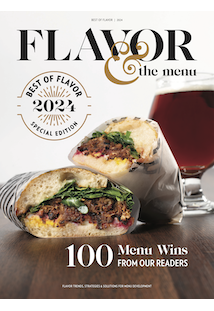
The house C+C Negroni at New York’s Coffee + Cocktails in the Gansevoort Meatpacking hotel is an exercise in how clever, premium ingredient swaps can create an entirely unique cocktail experience. Donny Largotta, beverage director, starts with Bombay Sapphire Premier Cru, made with lemons, mandarins and sweet naval oranges, to give the negroni a citrus base. From there the Campari is swapped for Martini Riserva Speciale Bitter, which contains botanicals, saffron, angostura and calumba (a bitter root). Largotta says it’s “essentially an enhanced version of Campari” and gives the drink a “richer, spicier taste on your palate.” The sweet vermouth is swapped for Martini Riserva Speciale Rubino, made with botanicals like red sandalwood and three types of artemisia for a deeper, more herbal flavor. “I promise it will have you captivated from the first sip,” says Largotta.
Over a century ago, Count Camillo Negroni walked into Florence’s Café Casoni, asked that his usual Campari and vermouth be finished with gin instead of soda (he must have been having a particularly rough day), and a legendary cocktail was born. Once relatively unknown to most Americans, the drink has enjoyed a renaissance in recent years, driven by America’s newfound penchant for bitter drinks. The cocktail has become so common that it has spawned offshoot trends on drink menus, including white negronis, mezcal negronis and the negroni sbagliato craze. Here we look at some of the most unique negroni builds on menus today, showcasing how a simple three-ingredient cocktail can be the foundation for endless flavor play.








